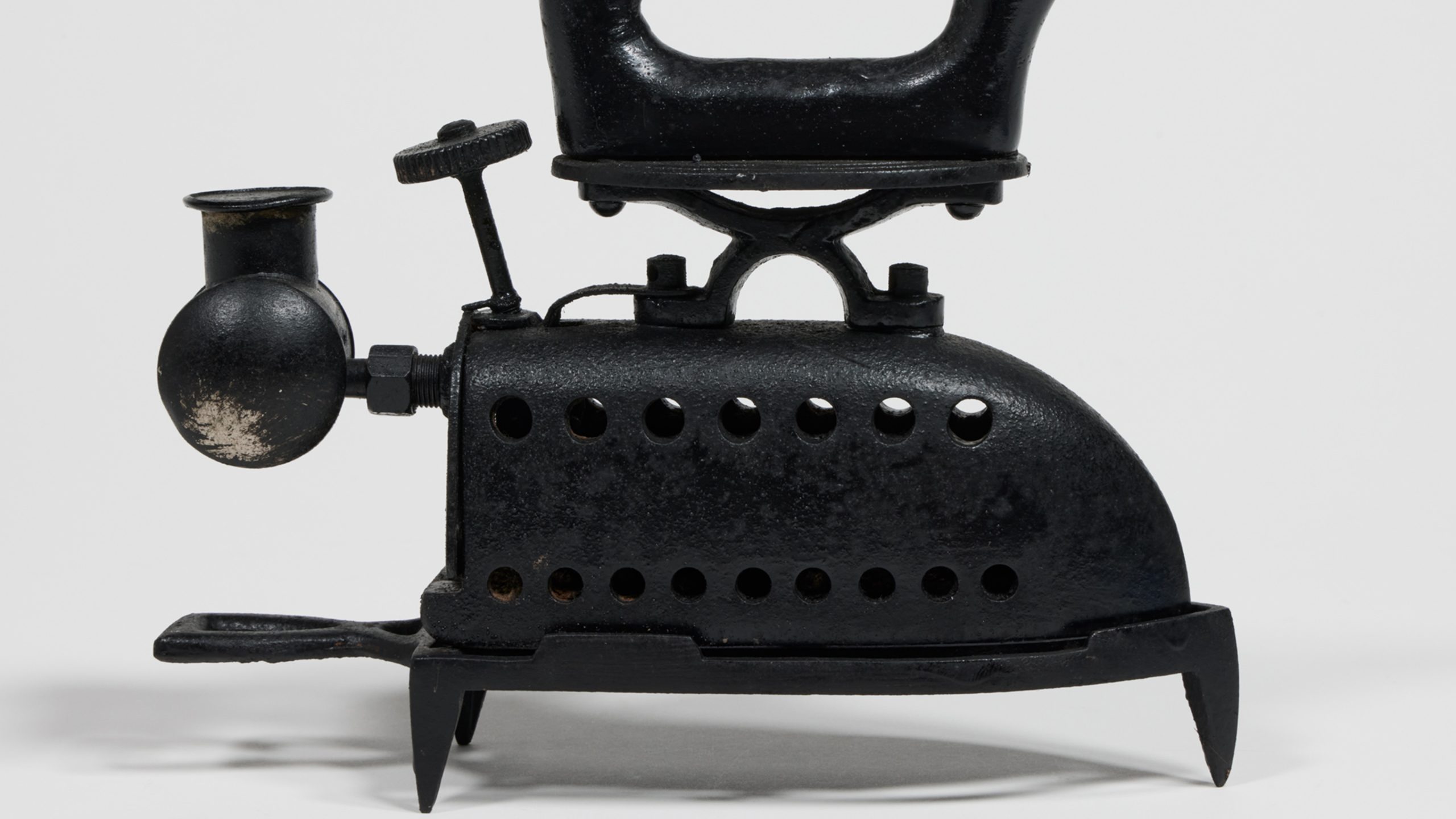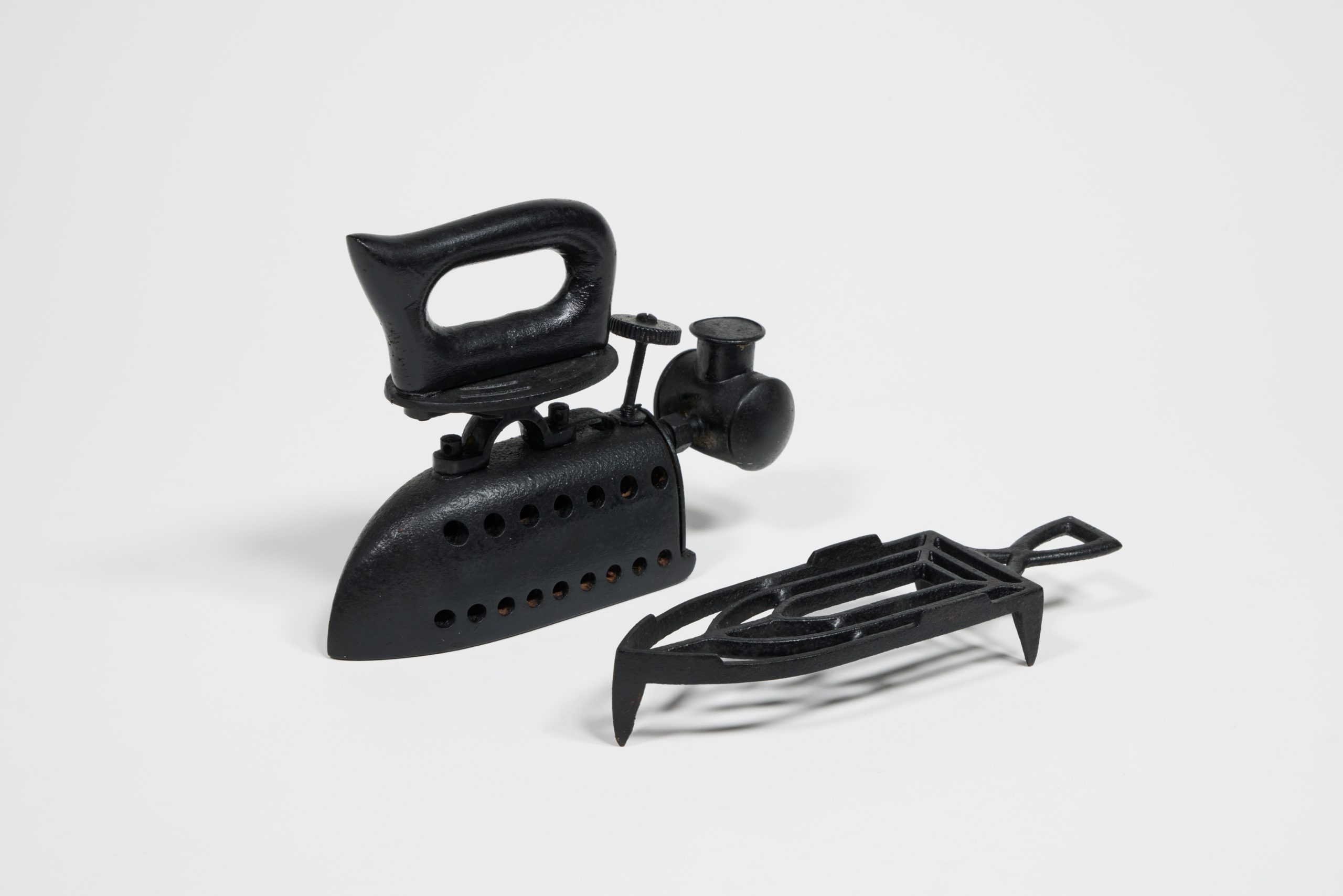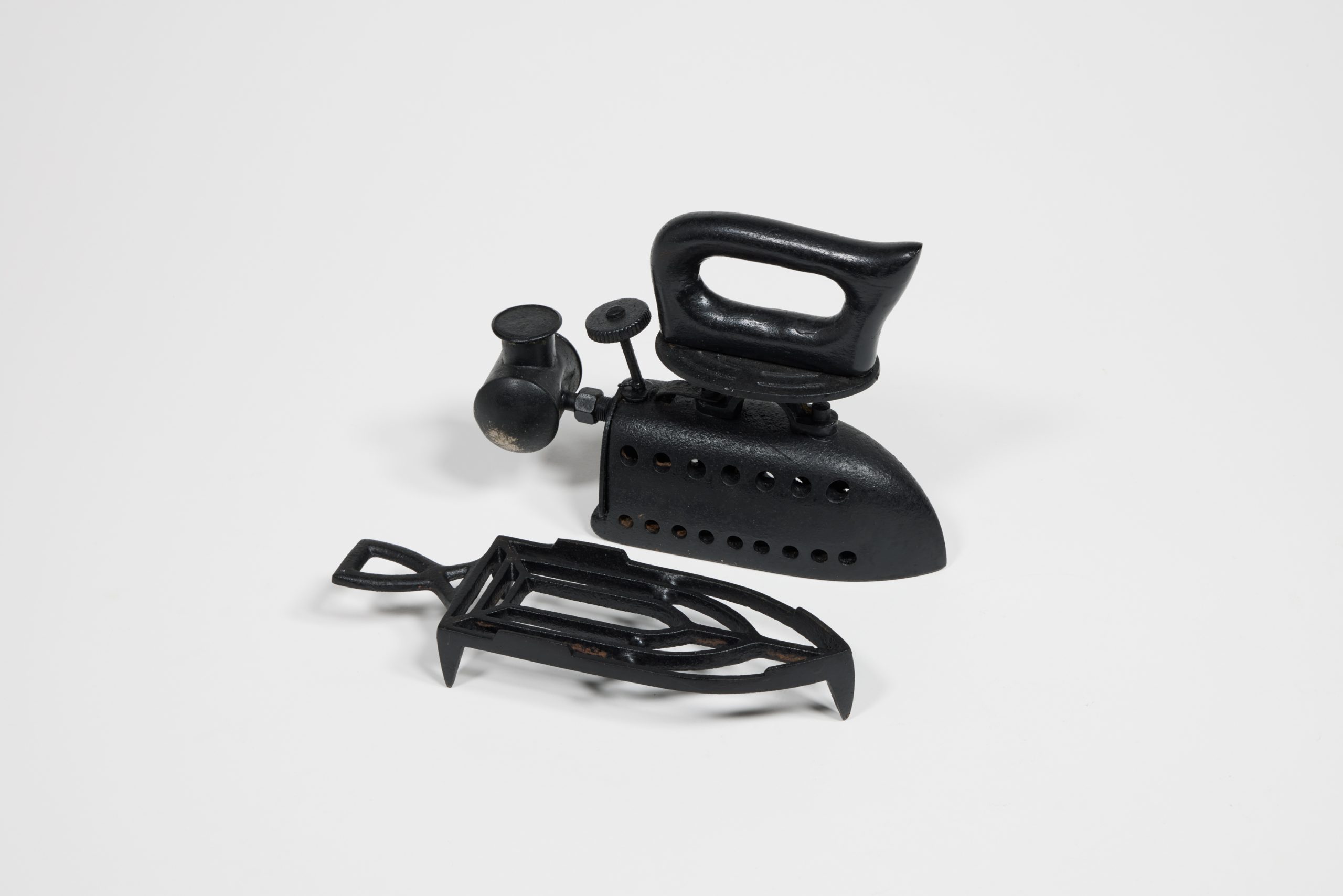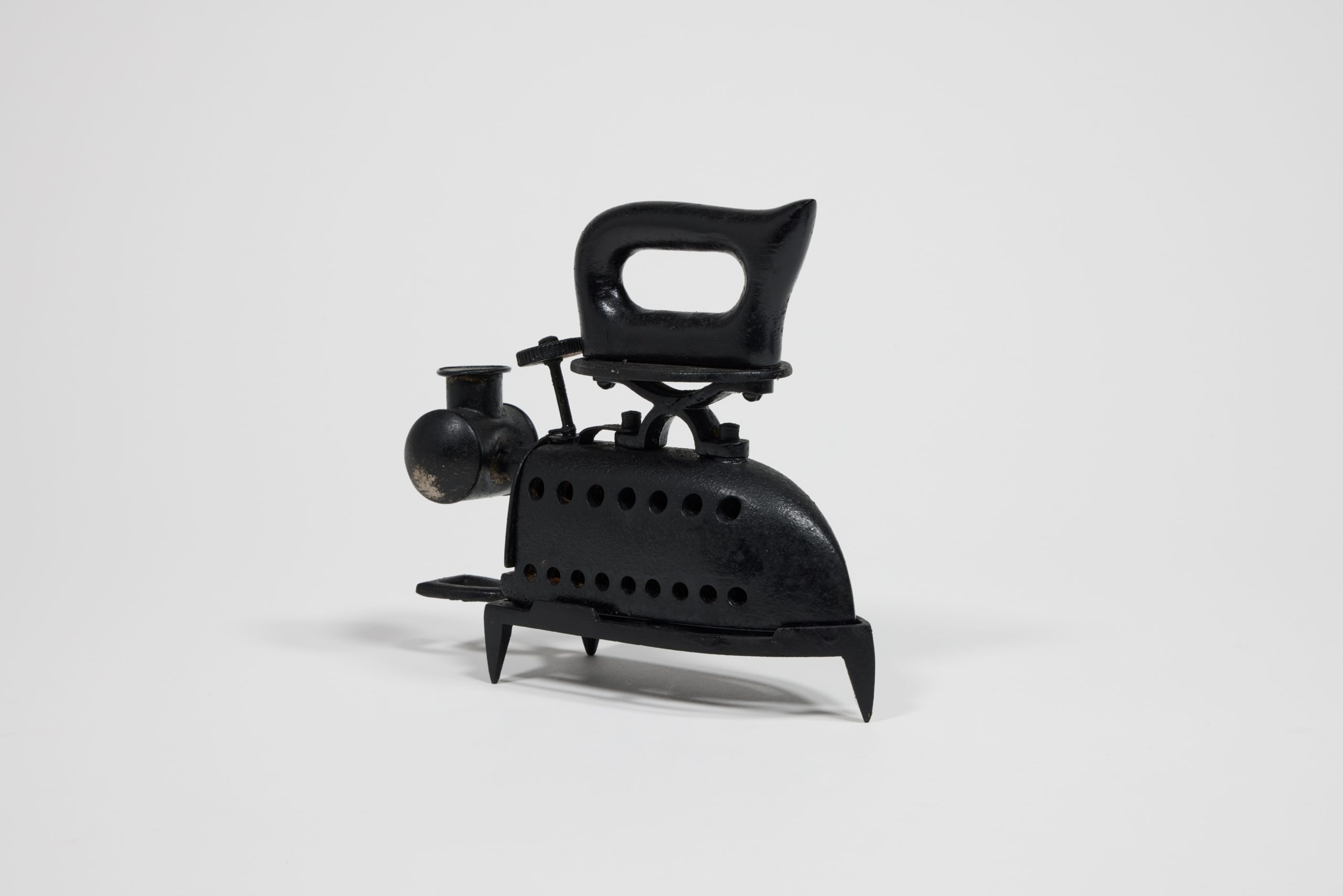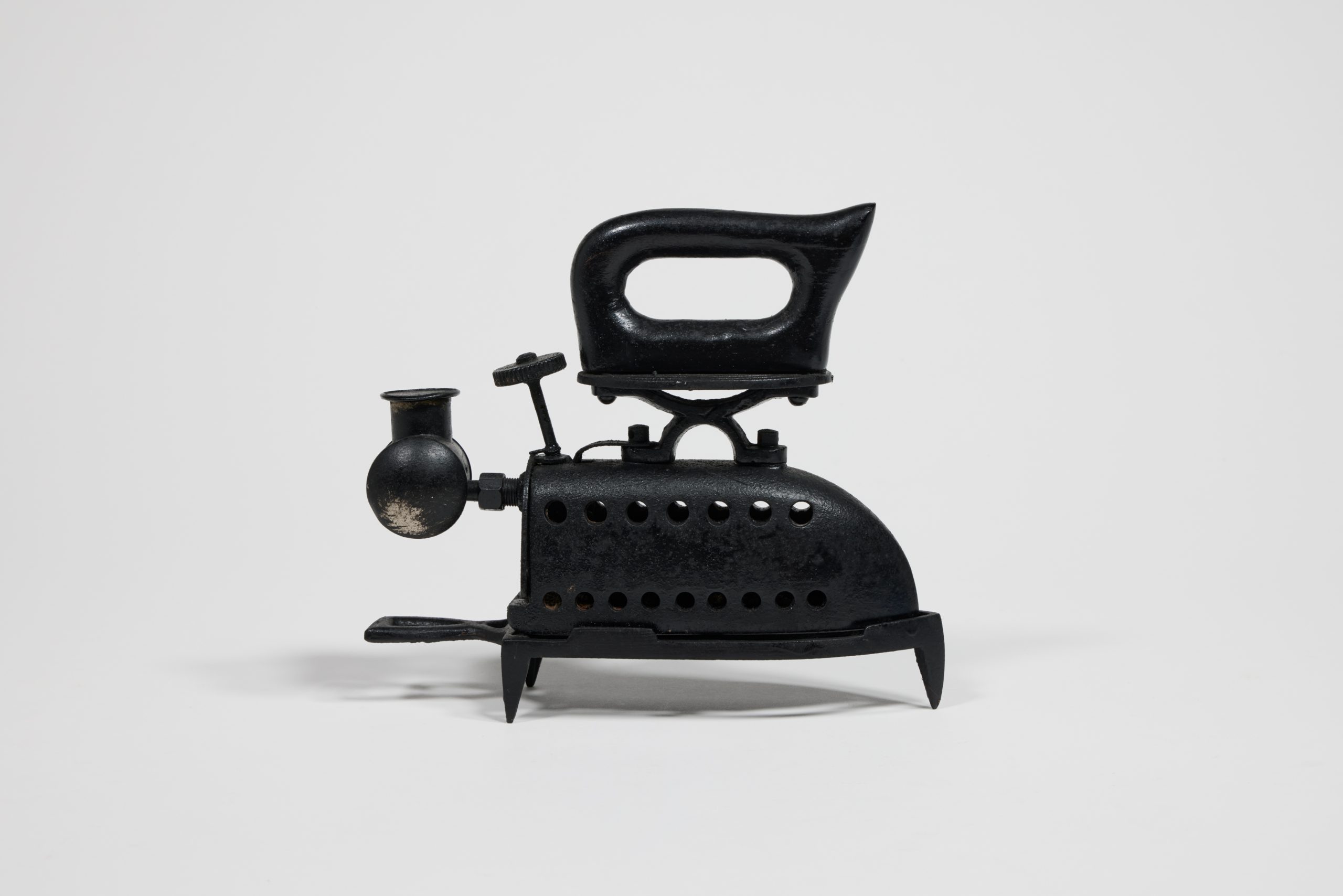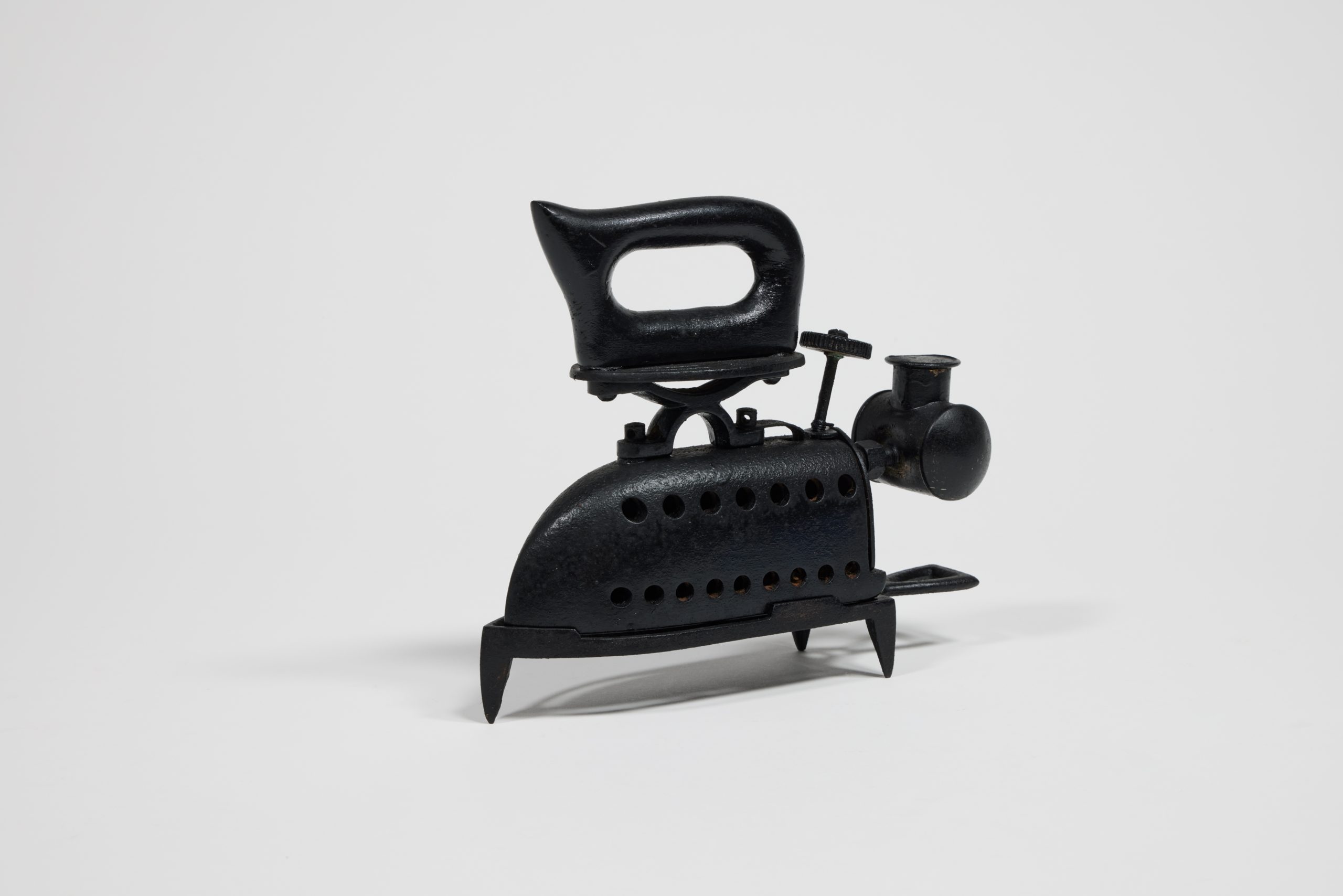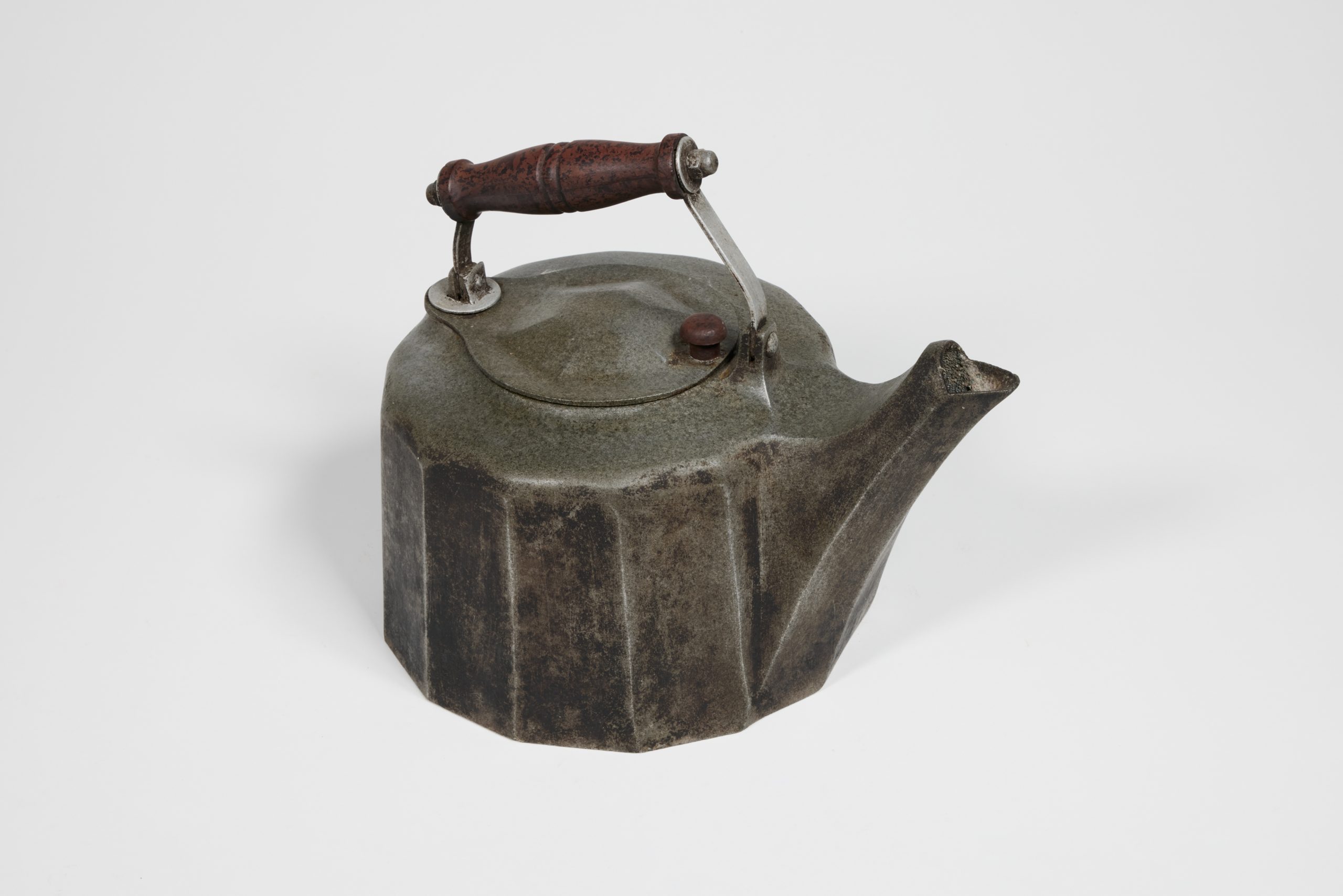Get One While It’s Hot
An Explosive Fuel Iron from Ulladulla
Imagine their curiosity, in about 1910, when young sister-spinsters Ada Maud (1888-1970) and Ella Mellshimer of Ulladulla learned that a self-heating fuel iron was available.
They had grown up doing the ironing the hard way. Ironing had always been exhausting work, and hot. Maud and Ella had seen how their mother Mary smoothed the wrinkles from their clothes and linen using a heavy flat iron that needed heating on top of their stove. Mary had to lug the irons back and forth between the stove and ironing table to swap the cool iron with a hot one. So it is easy to imagine them buying one as soon as they could afford it
Fuel irons were invented in the late nineteenth century and they revolutionised ironing. The old heavy, flat irons could be put aside (or conveniently used as door stops). No electricity was needed for these new models, so they became enormously popular and were used as late as the 1950s, especially in regional areas where electricity was not available or was still expensive. They ran on petrol, methylated spirits or kerosene, which was poured into the reservoir at the rear of the iron. Then the pump was pushed to build up pressure in the tank, before the fuel was ignited with a match. The burning fuel then heated the iron.
But did the Mellshimer sisters read the newspapers? Many found that ironing with a fuel iron was a smelly and risky business. In the 1920s and 1930s, reports of explosions from fuel irons in the Australian newspapers were not unusual. Irons filled with petrol and spirit were prone to exploding, spraying burning fuel across the room, shattering window glass, burning down houses, causing severe burns, and in extreme cases, even death. Fuel iron users everywhere put their lives at risk each time they lit a match near these bombs.


